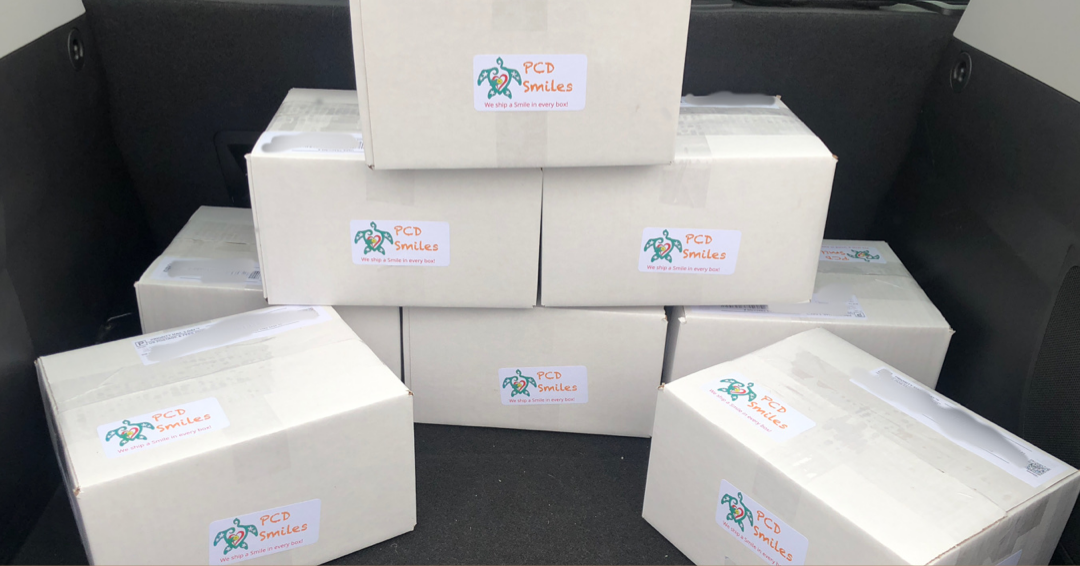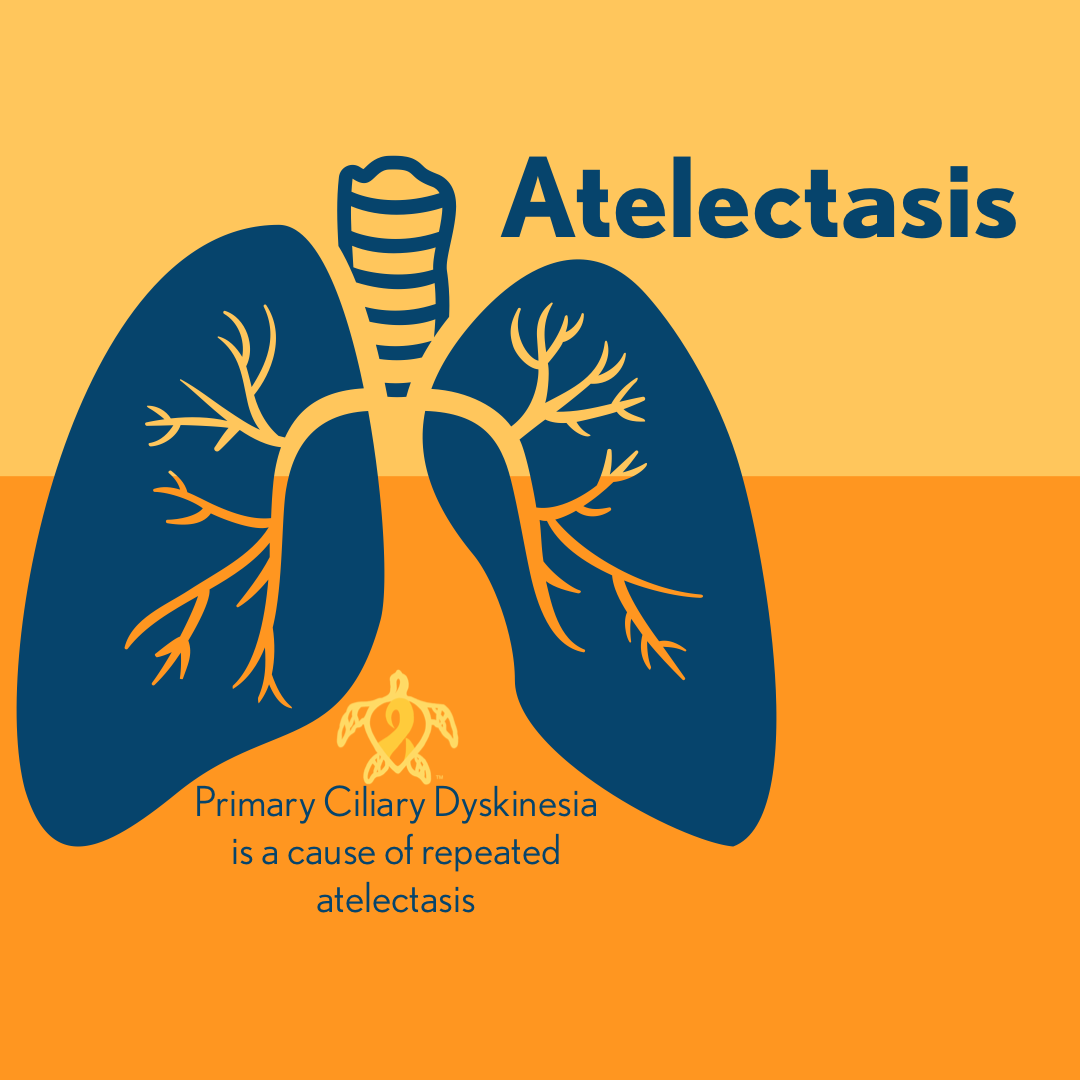
PCD; the Fertility Struggle
The fertility struggle of PCD (Primary Ciliary Dyskinesia) patients and their partners remains one of the most under-researched areas in PCD. The PCD Foundation’s Consensus Statement, basically says that infertility in males with PCD is nearly 100 percent, while females with PCD suffer from reduced fertility. However with the advancements in the infertility research field some PCD patients are seeing positive results in regards to being able to have biological children of their own, including male PCD patients. According to a recent paper published in the European Respiratory Journal, dated December of 2017, “Infertility; observed in 75% male and 61% female PCD patients, is dependent on ultrastructural and gene defects.” So why is research lacking in fertility/infertility as it relates to the PCD patient? In order to understand that we must first understand how PCD affects or is thought to affect infertility in patients with PCD; in regards to the male and the female patient.
Poor sperm motility is the cause of approximately half of all infertility in male patients with PCD. Motionless sperm, although alive, are not capable of fertilizing the egg; because they cannot reach the egg. So what makes sperm motionless in a male patient with PCD? Sperm flagella and motile cilia share common axonemal structures. Since they share the same structure, they are thought to share the same defect. So basically the sperm’s tail can not make the sweeping or sideways motion to propel the sperm to its destination. In other instances the sperm’s tail is dyskinetic, so the sperm’s path is wild and erratic when trying to reach the egg and may not be viable by the time it reaches the egg. Advancements in areas of ICSI (intracytoplasmic sperm injection), TESE-ICSI (spermatozoa extracted from testis), and EJ-ICSI (ejaculated spermatozoa) have helped PCD males to father biological children. A study published in the Japan Society for Reproductive Medicine in 2015 looked specifically at whether TESE-ICSI (spermatozoa extracted from testis) or EJ-ICSI (ejaculated spermatozoa) was the best treatment method for achieving pregnancy for male PCD patients. Their findings were that ”TESE-ICSI for PCD may improve the fer- tilization rate compared to EJ-ICSI. However, it does not necessarily improve the pregnancy outcome for a patient with primary ciliary dyskinesia.” It is important to note that although infertility is nearly present in all male PCD patients, spontaneous fatherhood (fatherhood without medical intervention) by male PCD patients has been reported.
According to Author Sten-Erik Ergström, MD’s paper published in January, 2018; fewer than 50% of females with PCD successfully complete pregnancy. The female fallopian tubes are lined with muilticiliated motile cilia which aid in ovum transport within the tubes. It is speculated that impaired or dyskinetic ciliary function within the fallopian tubes can delay transit of the ovum. This delay leads to decreased fertility in the form of the ovum not making it to implantation in the uterine wall before the uterine lining starts to shed, the ovum not being viable for implantation by the time it makes it to the uterine wall, or can result in the ovum getting stuck in the fallopian tube causing an ectopic pregnancy. This disruption of the ovum transport greatly increases the risks of ectopic pregnancy in females with PCD. This area of thought regarding the impaired or dyskinetic ciliary function within the fallopian tubes causing transport issues remains up for debate with researchers even today; in part because there have been no systematic investigative studies on this issue to date. Small research sampling studies have not focused on the PCD population as a whole to get the broader picture. Advancements in the area of IVF (In vitro fertilization) and ICSI (intracytoplasmic sperm injection) has had some success in helping some female PCD patients achieve pregnancy. It is important to note here that there have been reported instances of spontaneous pregnancy in females with PCD; without medical intervention.
Achieving a successful pregnancy resulting in a live birth is extremely difficult for most PCD patients; especially for females. Advances in fertility treatments in the form of IVF (In vitro fertilization), ICSI (intracytoplasmic sperm injection), TESE-ICSI (spermatozoa extracted from testis), EJ-ICSI (ejaculated spermatozoa), and or any combination of the aforementioned procedures have greatly increased the odds of a successful pregnancy and live birth for a PCD patient. Though these treatments do not come without a high sticker price. Treatments can costs upwards of $20,000 a month/cycle, and usually these treatments require multiple months/cycles before success is achieved. These exorbitant monthly costs are usually not covered by health insurance plans in the United States. Those combining factors can make fertility treatments cost prohibitive for a PCD patient and their partner. PCD couples and families of children with PCD can seek out the help of a financial planner as soon as they can, to help insure that when the time comes for family planning, money will be the least of the PCD patient’s worries. A financial planner can help you determine what is the best way to save for the future, while protecting your fertility savings from unforeseen life circumstances including illness and hospitalization, until you are ready to use your savings to start a family.
Be sure to visit us next week for another Topic Thursday!
Join our Facebook group Turtle Talk Café today, click here.
We have several ways that you can donate to PCD Smiles;
- Visit Smile E. Turtle's Amazon Wishlist
- For more information on how you can donate, please visit our "Donation" page to check out our "Do & Don't policies.
- Or sponsor a PCD Smiles cheer package today!
- To shop for your “Official” turtle care ribbon gear today, visit PCD Style or Smile E. Cove
Thank you for your consideration!
- Hits: 4492















